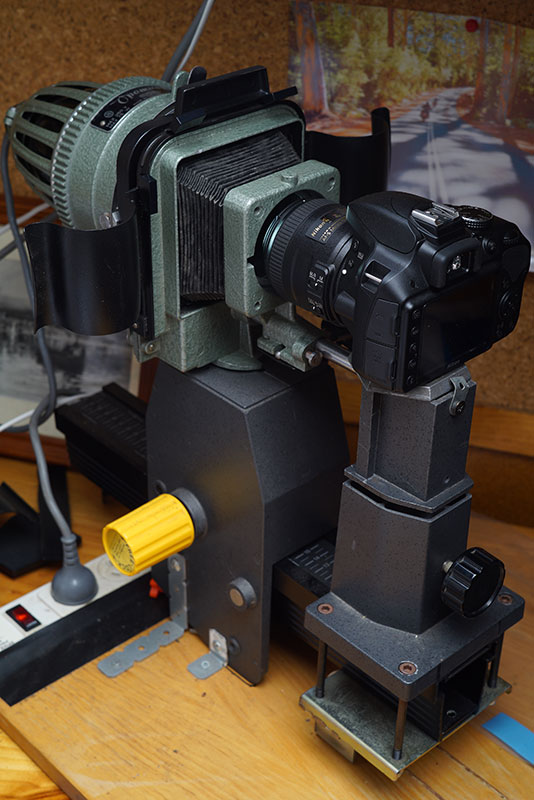fjolnir
Member
I tried 5.6 & 8
So, I went and got an XF 60mm Macro. With the extension tube, the results are not significantly better than from the 35, completely unusable.
At what aperture did you use the Nikkor?
The Fuji Macro goes to 1:2, slightly awkward for shooting 35mm negatives because you want .6x, not .5x, to fill the frame. Have you put the Fuji Macro on your extension tube?
Fuji 60mm Macro shot has way less contrast than Sony Macro.


I am curious: does scanning with camera rather than with dedicated scanner, as Nikon Coolscan for example, give you better quality, or is it faster, or both? I mean, what's the reason to do that?
Thank you.
I really don't see why going from FF to APS-C would necessarily be lower quality in this application. It all goes down to the lens.

There could be many lenses to choose from.
Figure out what mount you want.
Decide if you want AF.
Decide how close the camera will be to the media, then choose appropriate focal lengths.
Create a budget.
Spend some time hunting down data-driven lens reviews. Good copy lenses use optical designs that are optimized for close-up work.

